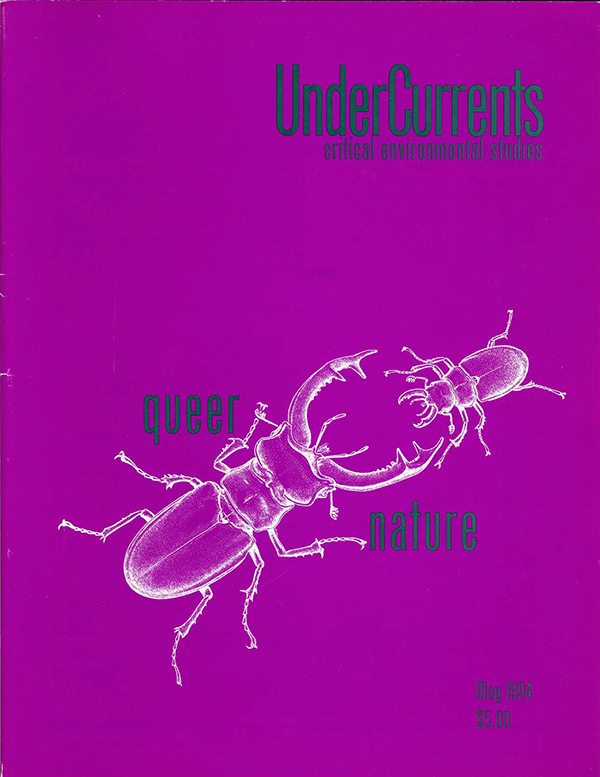Buggeries
DOI:
https://doi.org/10.25071/2292-4736/37698Abstract
Originally published as The Criminal Prosecution and Capital Punishment of Animals: The Lost History of Europe's Animal Trials. London: Heinemann, 1906.
Buggery (offensa cunjus nominatio crimen est, as it is euphemistically designated in legal documents) was uniformly punished by putting to death both parties implicated, and usually by burning them alive. The beast, too, is punished and both are burned (puritar etiam pecus et ambo comburuntur), Guillielmus Benedictinus, a writer on law, who lived about the end of the fourteenth century. Thus, in 1546, a man and a cow were hanged and then burned by order of the parliament of Paris, the supreme court of France. In 1466, the same tribunal condemned a man and a sow to be burned at Corbeil. Occasionally interment was substituted for incremation. Thus in 1609, at Niederrad, a man and a mare were executed and their bodies buried in the same carrion-pit. On the 12th of September, 1606, the mayor of Loens de Chartres, on complaint of the dean, canons and chapter cathedral of Chartres, condemned a man named Guillaume Guyart to be "hanged and strangled on a gibbet in reparation and punishment of sodomy whereof the said Guyart is declared accused, attained and convicted." A bitch, his accomplice, was sentenced to be knocked on the head (assommce) by the executioner of high justice and "the dead bodies both to be burned and reduced to ashes .... " This disgusting crime appears to be very common at least Ayrault in his Ordre Judiciaire, published in 1606 he has many times (multoties) seen brute beasts put to death for this cause.
Published
How to Cite
Issue
Section
License
Copyright (c) 1994 E. P. EvansCreators retain copyright for all writings and artwork published in UnderCurrents. New material published as of Volume 21 (2022) is available under a Creative Commons Attribution 4.0 International License (CC-BY 4.0).


